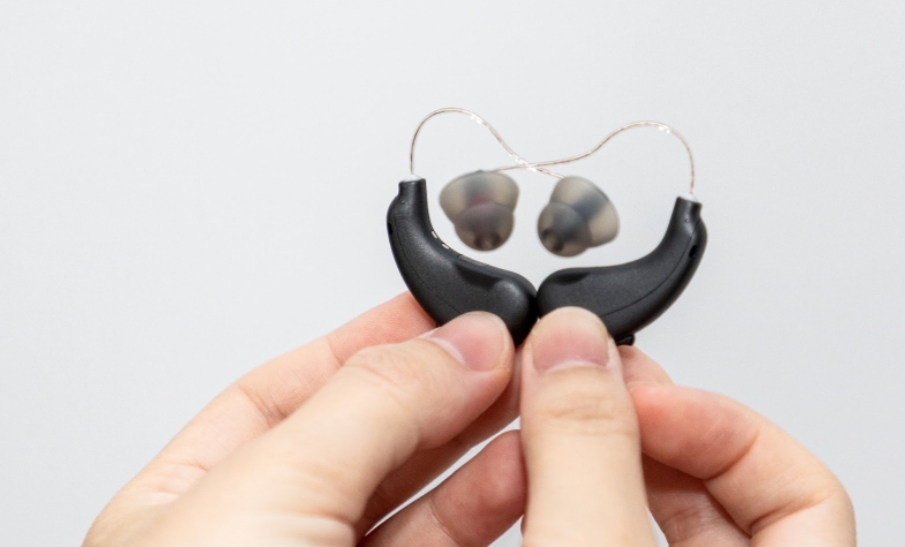Introduction:
As we venture into 2024, the world of OTC hearing aids continues to evolve with advancements in technology and design. For individuals experiencing hearing loss, staying informed about the latest models, features, prices, and reviews is essential for making informed decisions. In this detailed guide, we’ll delve into the current landscape of hearing aids, exploring the diverse range of models available, highlighting key features, discussing pricing considerations, and providing insights from user reviews.
Understanding the Diversity of Hearing Aid Models:
- Behind-the-Ear (BTE) Hearing Aids:
- BTE hearing aids are worn behind the ear and are suitable for individuals with various degrees of hearing loss.
- These aids come in different sizes and styles, offering versatility and comfort.
- BTE models often feature advanced technology, including directional microphones, noise reduction, and Bluetooth connectivity.
- In-the-Ear (ITE) Hearing Aids:
- ITE hearing aids are custom-fitted to sit inside the ear canal, providing a discreet and cosmetically appealing solution.
- These aids are suitable for mild to moderate hearing loss and offer features such as telecoil technology and custom shell colors.
- ITE models may vary in size, with options ranging from completely-in-canal (CIC) to in-the-canal (ITC) styles.
- Receiver-in-Canal (RIC) Hearing Aids
- RIC hearing aids feature a small behind-the-ear unit connected to a receiver placed inside the ear canal via a thin wire.
- This design offers a comfortable fit, natural sound perception, and advanced features such as open-fit technology and rechargeable batteries.
- RIC models are popular for their flexibility and suitability for various hearing loss levels.
- Completely-in-Canal (CIC) Hearing Aids:
- CIC hearing aids are the smallest and most discreet option, fitting entirely within the ear canal and virtually invisible from the outside.
- These aids are suitable for mild to moderate hearing loss and offer features such as automatic feedback cancellation and nano-coating for durability.
- CIC models prioritize discretion while providing effective amplification and sound clarity.
- Invisible-in-Canal (IIC) Hearing Aids:
- IIC hearing aids are placed deep within the ear canal, making them virtually invisible to others.
- These aids offer exceptional cosmetic appeal and are suitable for individuals with mild to moderate hearing loss.
- IIC models feature deep placement for natural sound localization and may include remote control and smartphone app compatibility.
Exploring Key Features and Technological Advances:
- Noise Reduction: Many modern hearing aids incorporate noise reduction technology to enhance speech clarity in noisy environments.
- Directional Microphones: Directional microphones help users focus on speech while reducing background noise from other directions.
- Bluetooth Connectivity: Bluetooth-enabled hearing aids allow for seamless streaming of audio from smartphones, tablets, and other devices.
- Rechargeable Batteries: Rechargeable hearing aids offer convenience and environmental sustainability, eliminating the need for disposable batteries.
- Telecoil Technology: Telecoil-equipped hearing aids improve compatibility with hearing loop systems in public venues, such as theaters and lecture halls.
Considering Pricing Factors and Affordability:
- Hearing aid prices vary depending on factors such as brand, model, features, and provider.
- Basic hearing aids may start at a few hundred dollars, while premium models with advanced features can range into the thousands.
- Insurance coverage, financing options, and government assistance programs may help offset the cost of hearing aids for eligible individuals.
- It’s essential to consider the long-term value and benefits of investing in high-quality hearing aids that meet individual needs and preferences.
Gaining Insights from User Reviews:
- User reviews provide valuable insights into the real-world performance and user satisfaction of hearing aids.
- Online forums, consumer websites, and social media platforms are valuable resources for reading user experiences and recommendations.
- Pay attention to reviews that discuss comfort, sound quality, durability, customer support, and overall satisfaction with the hearing aid.
Conclusion:
In 2024, the diverse array of best hearing aids for seniors available offers individuals with hearing loss unprecedented options for improving their auditory experience and quality of life. From discreet in-the-ear models to powerful behind-the-ear devices, there’s a hearing aid to suit every preference and lifestyle. By exploring the features, prices, and user reviews of different models, individuals can make informed decisions to find the perfect hearing aid that meets their unique needs and empowers them to reconnect with the world around them.
